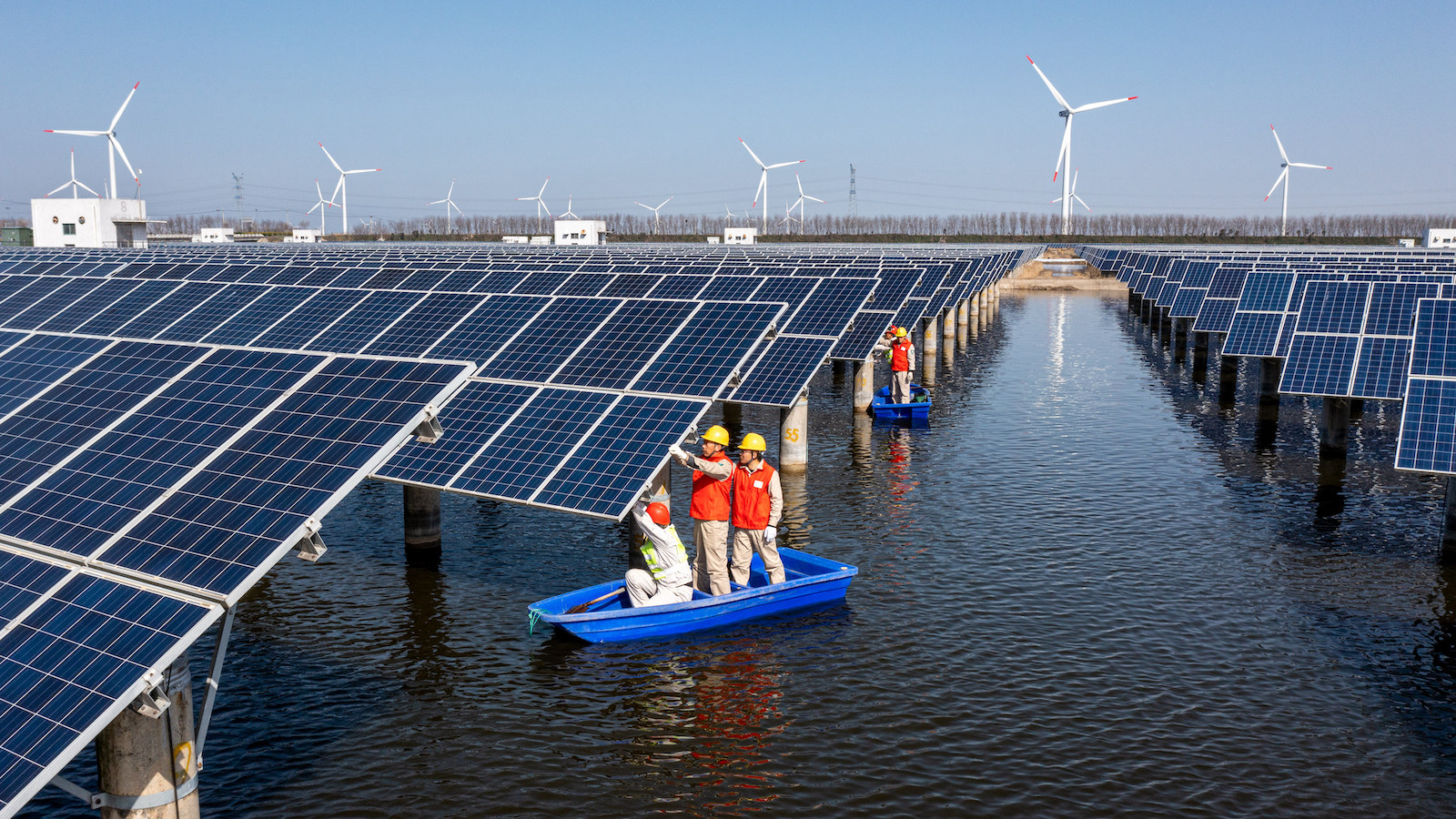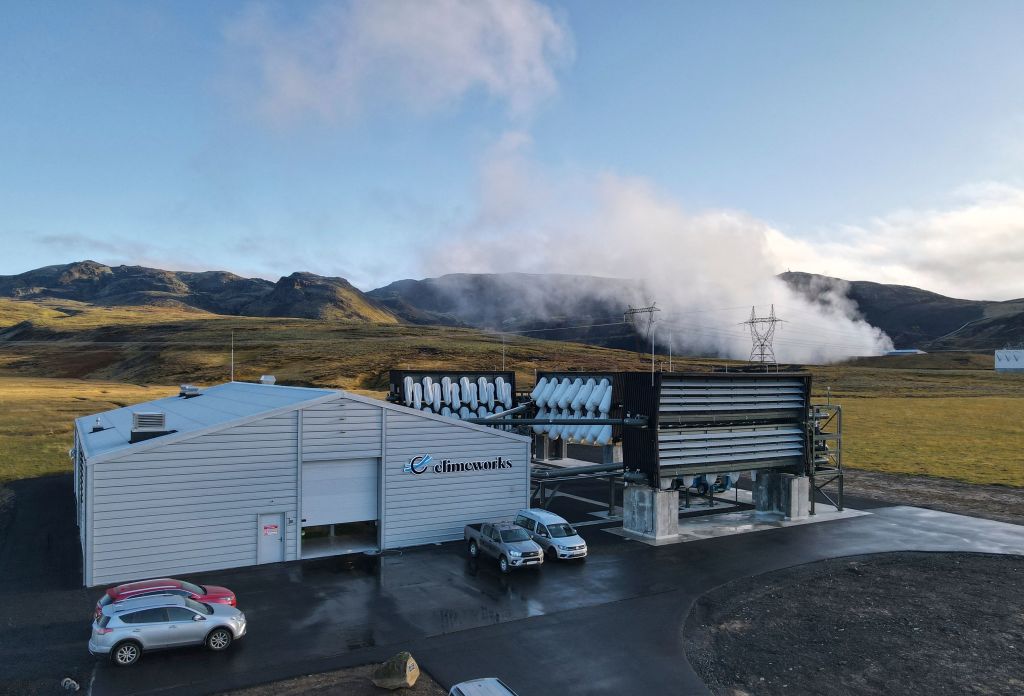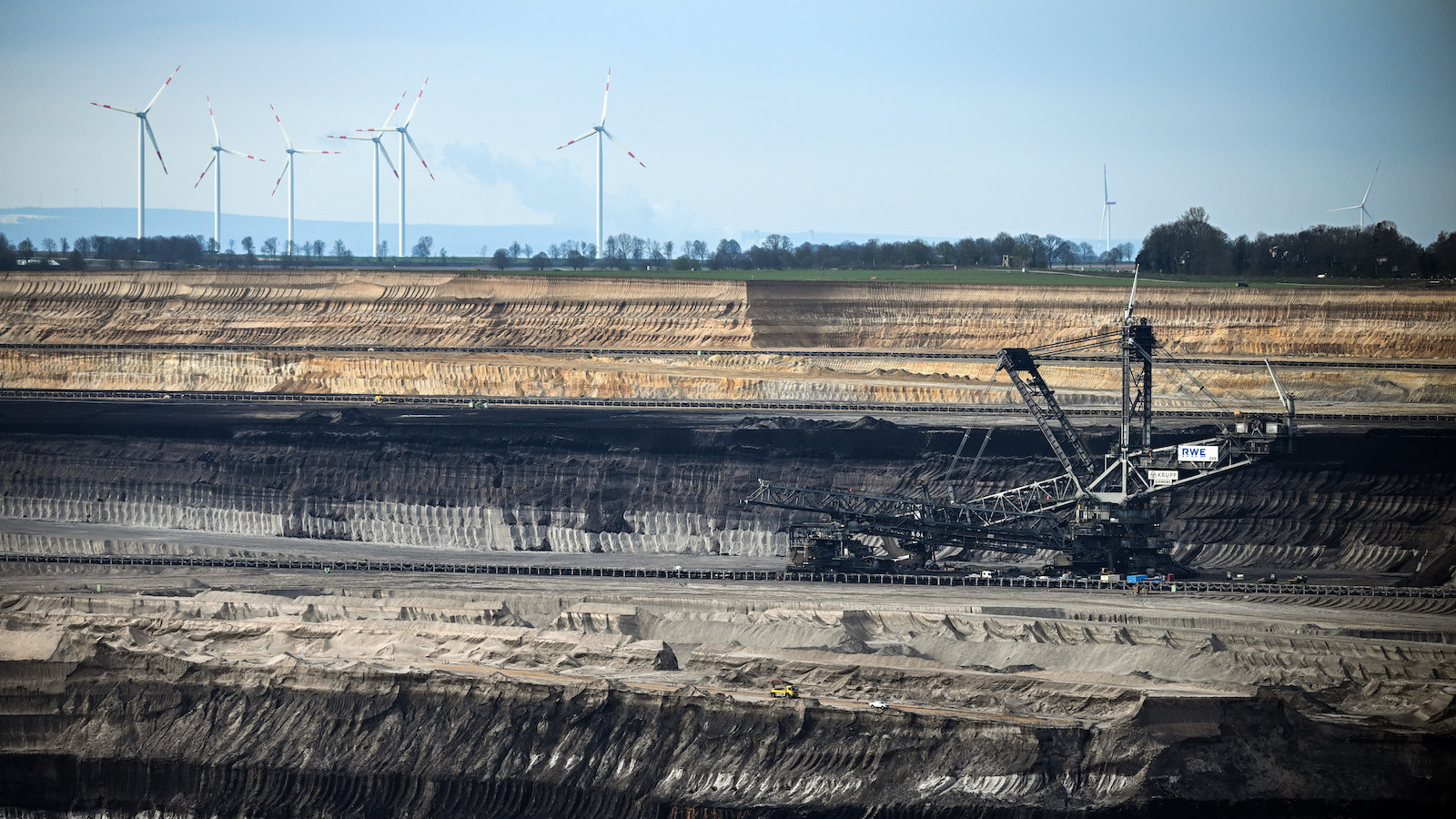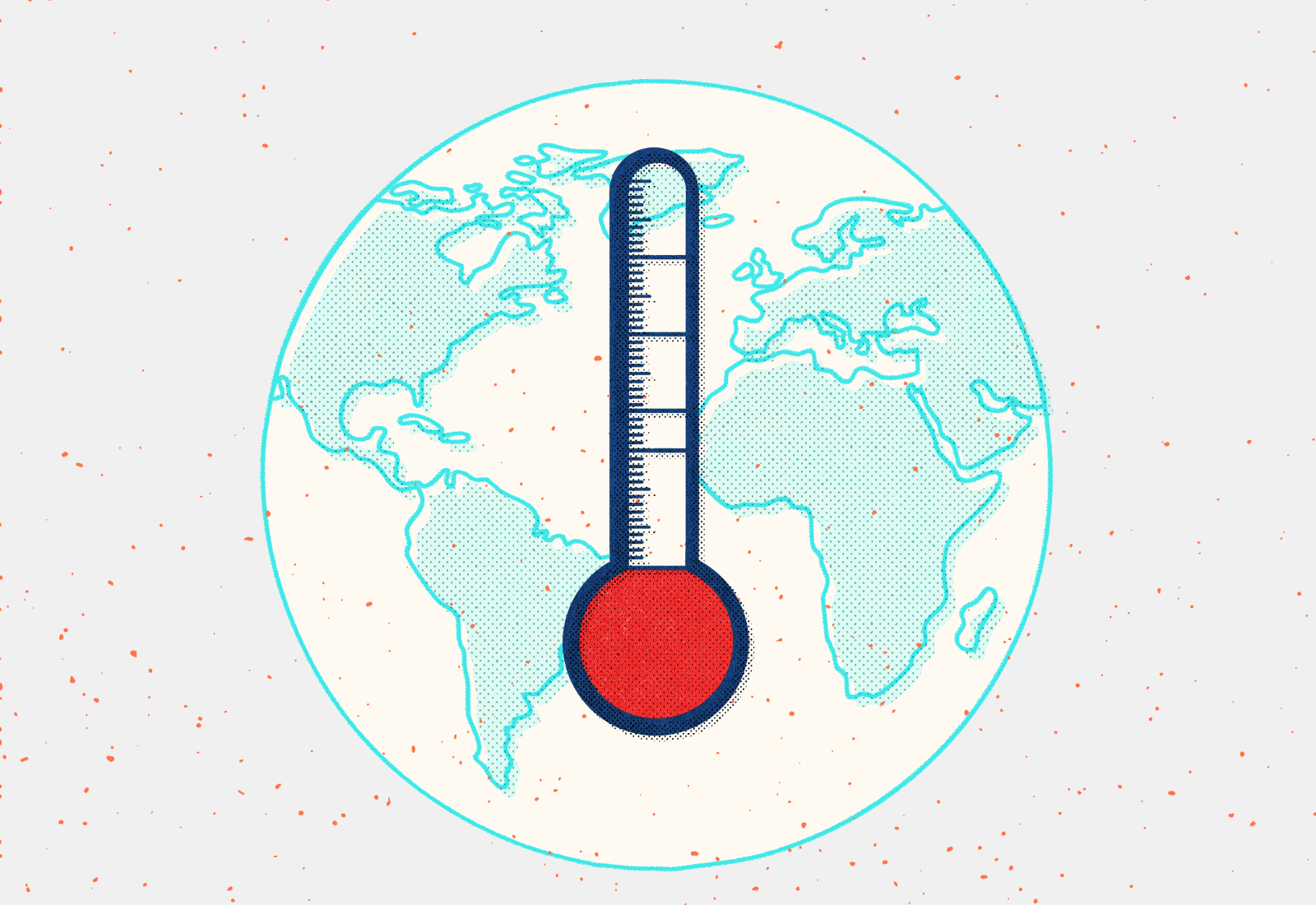Nations have moved too slowly to curb climate change, and now must take swift and aggressive steps if they hope to avoid the worst impacts of global warming, the world’s top scientists warned on Monday. Greenhouse gas emissions must peak within the next three years, and in the next eight, the world must push fossil fuels aside, rapidly scaling up the use of clean energy like wind and solar. It is only through these “rapid and deep” emissions reductions, they said, that the world can get on track to reach net-zero emissions by 2050 and avoid 1.5 degrees Celsius (2.7 degrees Fahrenheit) of warming.
A new report from the Intergovernmental Panel on Climate Change, or IPCC — a United Nations body of leading climate experts from around the world — highlights key strategies countries can use to drive down greenhouse gas emissions and remove carbon dioxide from the atmosphere. There is no time to lose, the report authors said. Although emissions are rising more slowly than they have in previous years, humanity has lost precious time to drive down climate pollution, and even with the most ambitious policies, there is now only a 38 percent chance that the world will stave off a 1.5-degree C rise in temperature. This is a significant decrease from 2018, when the panel predicted a 55 percent chance of staying below that threshold.
“We are at a crossroads,” IPCC chair Hoesung Lee, an economist at Korea University in Seoul, South Korea, told reporters. “We have the tools and know-how to limit warming and secure a livable future.”
The new report is the final installment in a three-part assessment from the IPCC. The body’s previous reports detailed both the current and future catastrophic impacts from climate change and warned that time is running out to adapt to them. This week’s report focuses on mitigation — what we can do to halt climate change.

The authors’ top recommendation: Immediately move away from fossil fuels and replace them with renewable technologies. According to the panel’s calculations, the climate pollution associated with existing and planned fossil fuel infrastructure is already enough to launch the planet past 1.5 degrees C and potentially past 2 degrees C of warming. New fossil fuel infrastructure is incompatible with international climate goals, and up to $4 trillion of fossil fuels and related infrastructure will likely have to be abandoned by 2050 in order to keep within safe temperature limits. Coal use must virtually end, the report added, while oil and gas use must fall by 60 and 45 percent, respectively.
“Investing in new fossil fuel infrastructure is moral and economic madness,” U.N. Secretary-General António Guterres said in a statement to reporters. “Such investments will soon be stranded assets, a blot on the landscape, and a blight on investment portfolios.”
Political barriers — rather than scientific, monetary, or technological ones — are currently holding the world back from urgent climate targets, the report stressed. Although some countries’ policies have helped avoid significant carbon emissions, world governments are still disproportionately investing in fossil fuels rather than renewable energy. Existing capital and technology are sufficient to keep climate goals within reach, the authors said, and could be leveraged to effect “major transitions” toward wind, solar, and other renewable technologies — many of which have become much cheaper since the IPCC’s fifth assessment report was released in 2014. Some countries have already made the switch to energy systems that are mostly powered with renewables, and there are a number of systemic solutions — smart grids, energy storage, green hydrogen — that can help others make similar progress.
Other strategies covered in the report include electrifying vehicles, locking in agricultural carbon, and upping the efficiency of cities and buildings, which are hotspots for greenhouse gas emissions. Cities should support public transit, walking, and biking, and enhance carbon storage with trees, green spaces, and nature-based building materials. Growing cities must plan ahead, the authors said, keeping housing and employment centers close together.

Since the IPCC’s last major assessment eight years ago, there’s much more information on carbon capture and removal technologies — ways to suck carbon out of the air and store it in rocks, plants, or in underwater reservoirs. According to the scientists, these tools — in addition to slashing our emissions — will be “unavoidable” in the race to net-zero greenhouse gas emissions, especially for hard-to-decarbonize sectors such as heavy industry. Some nature-based carbon removal methods such as reforestation and improved forest management, the report noted, are already widely practiced and can have important co-benefits for biodiversity and local communities.
However, the report also notes that many carbon sequestration technologies have failed to scale as quickly as projected in previous assessments, in contrast to the rapid rise in wind, solar, and batteries. Meanwhile, carbon removal has vocal opponents across the environmental movement. Many feel it represents a “distraction” from critical efforts to rein in greenhouse gas emissions, allowing the world to go on polluting as it waits for technology that does not yet exist at scale.
Kristina Dahl, a climate scientist for the Union of Concerned Scientists, acknowledged that while carbon removal comes with significant drawbacks, decades of climate inaction may have closed the door on other options. “Because we have failed to rein in global warming emissions to date, the choices available to us are no longer ideal,” she said in a statement. “In addition to deep, absolute cuts in heat-trapping emissions, some amount of these emissions will also need to be removed from the atmosphere if nations are to limit planetary warming to 1.5 degrees or even 2 degrees Celsius.”
With immediate action, limiting global warming to 1.5 degrees C is still within reach. However, the models that the authors assessed say we likely can’t avoid overshoot, which describes a scenario in which the world doesn’t entirely steer clear of a 1.5-degree C rise. Instead, global temperatures would blow past that limit before eventually creeping back down — in response to emissions reductions and carbon removal — and stabilizing somewhere around 1.3 degrees C (2.3 degrees F) by the end of the century.
Monday’s report was the slowest to be approved in the IPCC’s 34-year-long history: For 16 days, scientists and government delegates combed through the 64-page summary for policymakers. The final sprint involved 40 hours of line-by-line negotiations.
The precise deliberations are a testament to the high stakes surrounding the report, which likely represents the IPCC’s last chance to publish a mitigation roadmap before warming beyond 1.5 degrees C is locked in. Along with a synthesis report that the IPCC will release this fall, the analysis released Monday will inform negotiations at the next global climate conference, COP27, in November in Egypt. There, world leaders will assess progress toward international climate goals as they face increasing pressure to “close the gap” between their climate rhetoric and action.
Lee, the IPCC chair, called the panel’s reports the “backbone” of the upcoming climate deliberations, while Guterres called for climate promises to be turned into action even before the conference begins. “It’s time to stop burning our planet,” he said, “and start investing in the abundant renewable energy all around us.”




